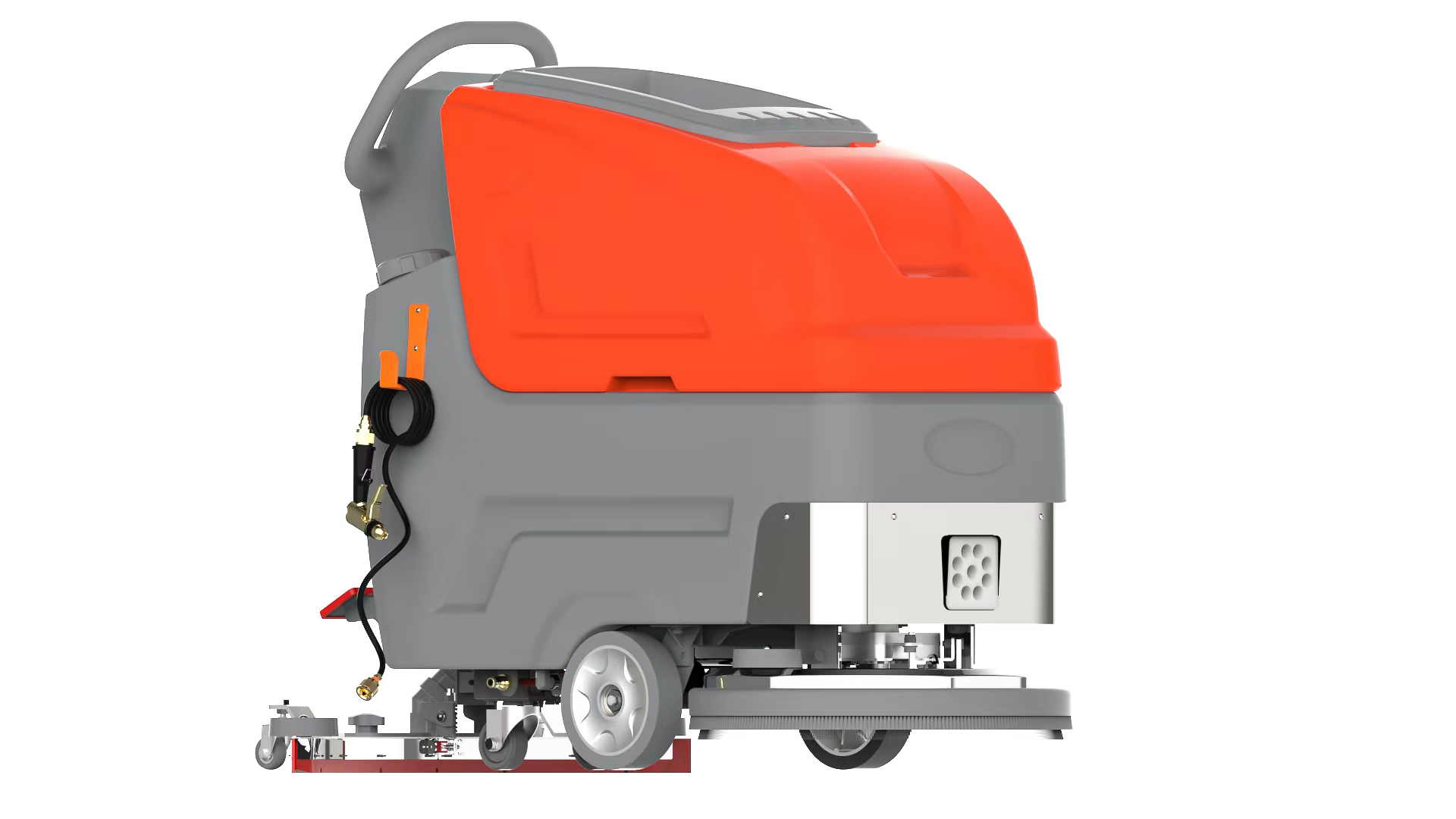Introduction
Selecting the right size of the commercial sweeper is one of the most important decisions that business and facilities managers face. Using a good sweeper, the user would increase efficiency, reduce labour cost and his/her cleaning process would be economical and effective. But if the wrong size is chosen, it can create inefficiency and inflate costs. In this article you will see a guide on how to choose the right sized commercial sweeper or viewer to buy.
Sweeping Area
Area size is the foremost consideration to determining the right size sweeper. To calculate your sweeping area, start by measuring the square footage or meters of the area that needs to be swept on a regular basis. Solid or fragmented: When you are working with huge, vast spaces, you might need a huge sweeper yet, if you are cleaning a fairly small area, you might just get away with a smaller variation.
Terrain
The surface type is an additional key parameter for cleaning and based on that sweeper choice is done. Indoor sweepers generally mint for a harder, smoother surface such as concrete or tile whilst outdoor models may need to handle rougher terrain such as gravel, grass or uneven paving. The area will determine the sweeper range, a larger sweeper may not negotiate corners and tight congested areas, while the small model may take more time to cover the zone, and here maneuverability plays a key role.
Debris Type
The size and function of the sweeper will depend on the type of spray you expect to collect. While most sweepers are able to sweep light materials like dirt and smaller particles, larger or heavier materials like construction debris or large debris requires a bigger type of machine. Some environments will need sweepers that are wet or that can handle various debris types.
Cleaning Frequency
The frequency of your cleaning also determines the size of the sweeper to buy. If you clean every day, need to operate heavier loads, a new facility will most certainly evoke a need for a much larger and more powerful sweeper. On the other hand, if your establishment only needs to be cleaned to a lesser extent then you can opt to a less expensive, and compact machine,
Additional Considerations
These are the major ones to keep in mind, but other factors can help determine which sweeper you should use. Although budget can certainly narrow your options, you never want to skimp on the essentials just to save a few bucks. Operator comfort and safety are also important of course, as a sweeper that is difficult to operate or maintain will often only lead to inefficiency or even accidents. However, there may also be an environmental and sustainability aspect as some businesses have that human touch, want to own an electric or low-emission model etc. Finally, remember the different types of sweeper sizes and how that might impact maintenance and operating costs.
How to Know Which Size is Best for You
Common sense prevails. Anyone seeking a sweeper or a replacement sweeper from an old one should approach only the sweeper manufacturers or dealers and convey precise requirements. They have experience and can help to give you insight into what to do. Request demonstrations or attempts to sample various sweepers in your environment. Review specifications of specified sweepers and size, power and features of models comparatively. Lastly, consider whether you might want to expand or adjust your sweeping area at a later time and make sure to get a sweeper that can do just that.
Conclusion
Figuring out Commercial Sweeper size really is an involved process looking at your sweeping area, terrain, type of debris and how often you need to clean. If you keep in mind these deciding factors along with other factors like costs and environmental elements, you will be able to choose an effective yet cost-effective sweeper. Taking the time to select the right sweeper will help ensure that the sweeper you purchase is the right one for your needs and, in turn, help deliver a cleaner, more productive environment.
 EN
EN
 AR
AR
 FR
FR
 HI
HI
 JA
JA
 KO
KO
 PT
PT
 RU
RU
 ES
ES
 IW
IW
 VI
VI
 TH
TH
 MS
MS

